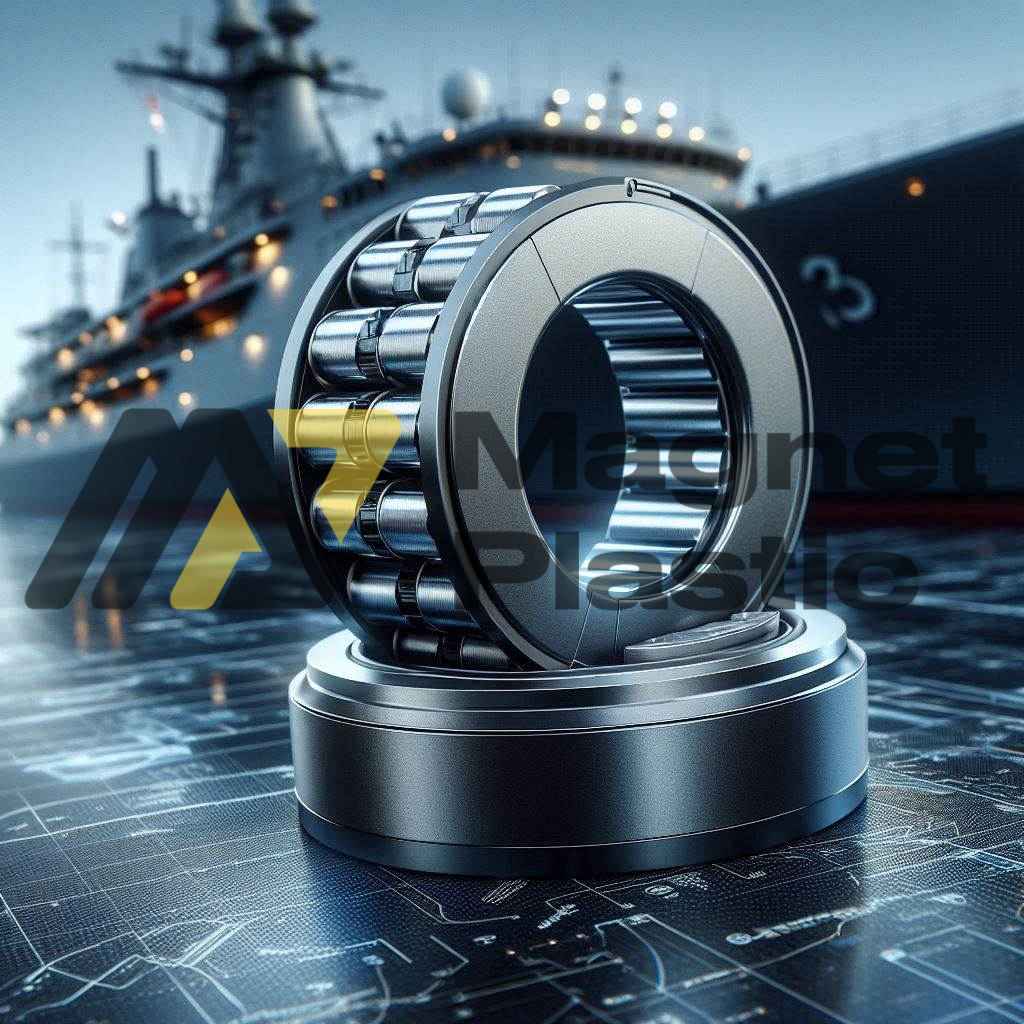Magnets in Naval Technology
Introduction
The incorporation of magnets in naval technology has led to significant advancements in various fields, enhancing the efficiency, sustainability, and safety of maritime operations. From propulsion and navigation to security and maintenance, the use of magnets in naval technology is revolutionizing the industry.
Magnetohydrodynamic (MHD) Propulsion
One of the most innovative developments in the use of magnets in naval technology is magnetohydrodynamic (MHD) propulsion. This system utilizes magnetic and electric fields to move conductive fluids, such as seawater, without any moving parts. Magnets generate a magnetic field that interacts with an electric field, producing a force that propels the vessel. This propulsion method is extremely quiet, making it ideal for military submarines and research vessels that require discretion in their operations.
Magnetic Levitation in Navigation
Another revolutionary application of magnets in naval technology is magnetic levitation. By using superconducting magnets, friction between the ship’s hull and water can be significantly reduced, allowing for smoother and faster movement. This technology not only increases fuel efficiency but also reduces hull wear, extending the vessel’s lifespan and lowering maintenance costs.
Magnetic Anchoring and Securing Systems
In terms of anchoring and securing, permanent and electromagnetic magnets offer safe and efficient solutions for keeping ships in place. Magnetic anchoring systems, which can be controlled remotely, facilitate docking and mooring while providing greater stability. These systems are less prone to mechanical failures compared to traditional anchors, improving the safety and reliability of port operations.
Magnetic Sensors for Navigation
The use of magnetic sensors is essential for precise and safe navigation at sea. Magnetic compasses, which have been fundamental in naval navigation for centuries, have evolved with advanced technologies. Modern magnetic sensors are used in inertial navigation systems, providing accurate data on the vessel’s orientation and position, even in the absence of GPS signals. This is particularly useful in remote areas or under adverse weather conditions.
Military Applications
In the military sector, the use of magnets in naval technology is crucial for detecting and deactivating naval mines. Mine detectors utilize magnetic fields to locate submerged metallic objects, enabling the safe identification and removal of threats. This technology has saved countless lives and protected critical naval infrastructure.
Ship Maintenance and Repair
The maintenance and repair of ships also benefit from the use of magnets. Magnetic tools, such as lifters and clamps, allow workers to handle heavy components and perform repairs with greater ease and safety. Additionally, magnetic coatings applied to hulls can help reduce corrosion and the growth of marine organisms, improving efficiency and reducing the need for frequent maintenance.
Conclusion
The use of magnets in naval technology has opened new possibilities for improving the efficiency, safety, and sustainability of maritime operations. Magnets coated with different resins and polyamides are particularly valuable as they make them waterproof and resistant to oxidation and corrosion from external agents.
From propulsion and magnetic levitation to anchoring systems, navigation sensors, and new technologies controlled by magnetic sensors, magnets play a crucial role in the evolution of the naval industry. As technology continues to advance, it is likely that even more magnet-driven innovations will emerge, further cementing their importance in the future of navigation and maritime transport.
